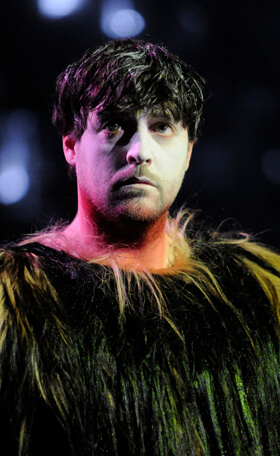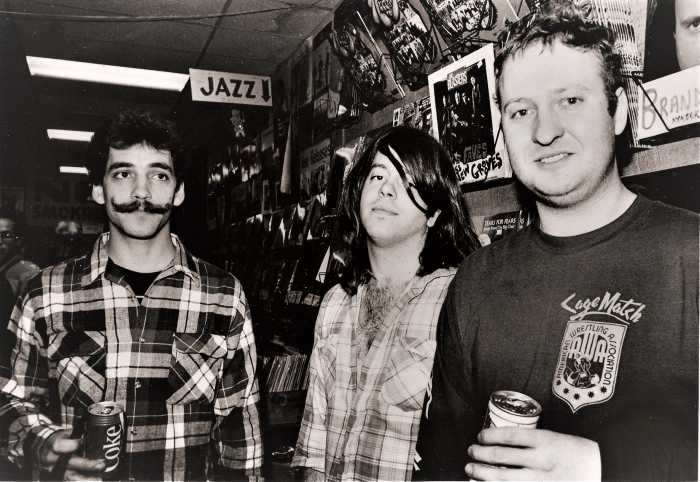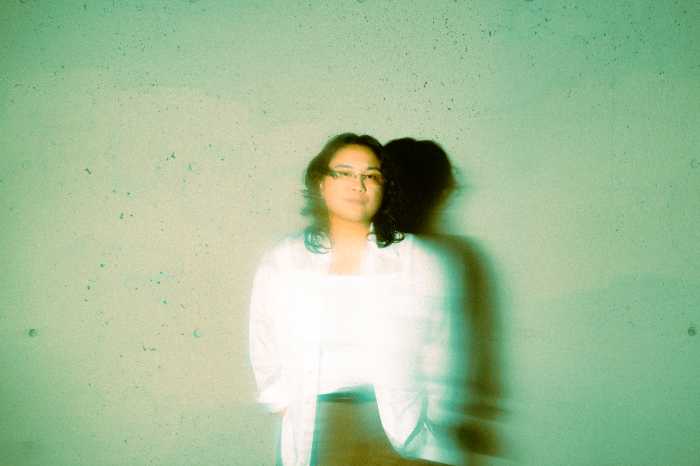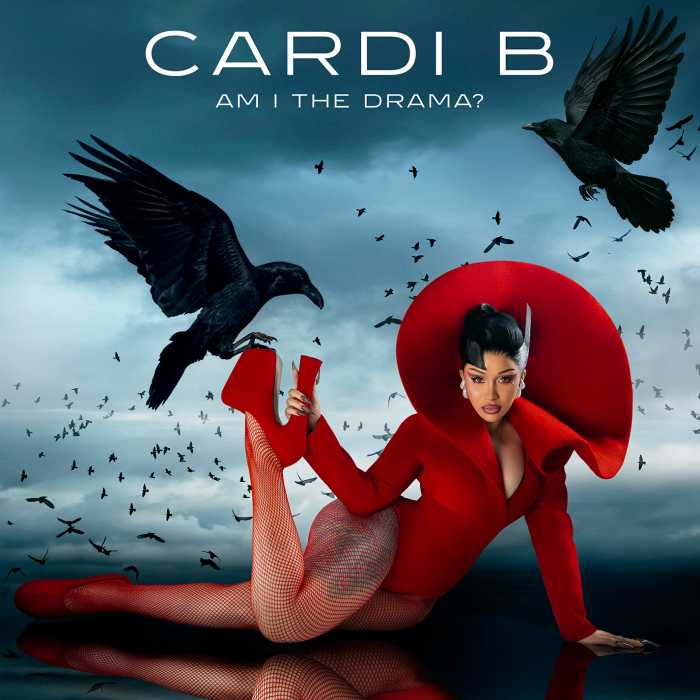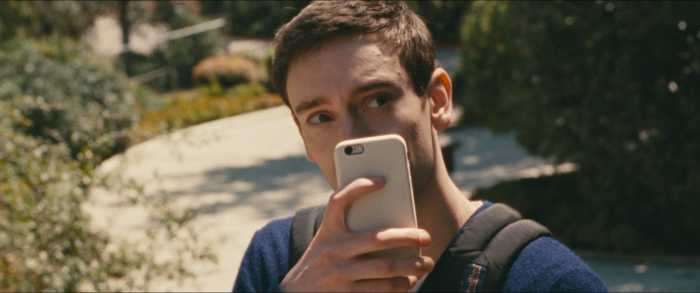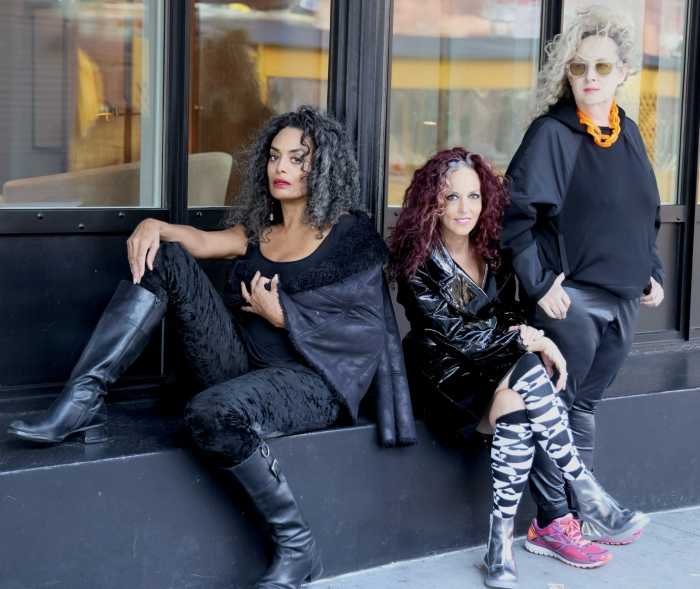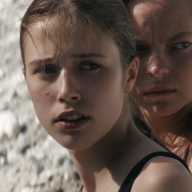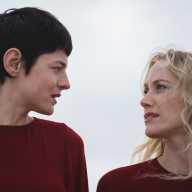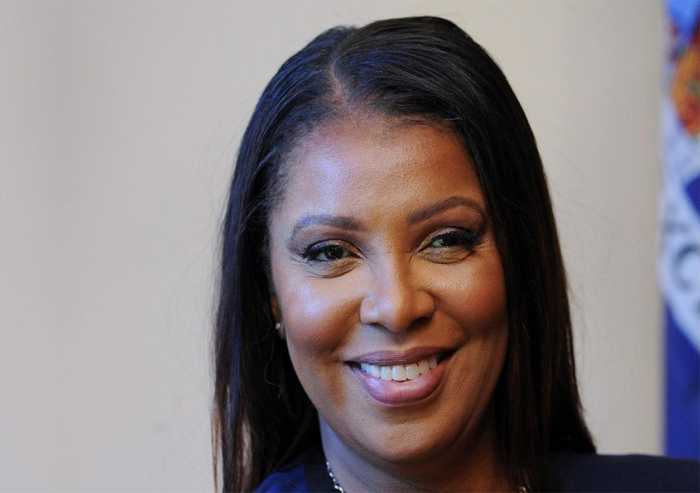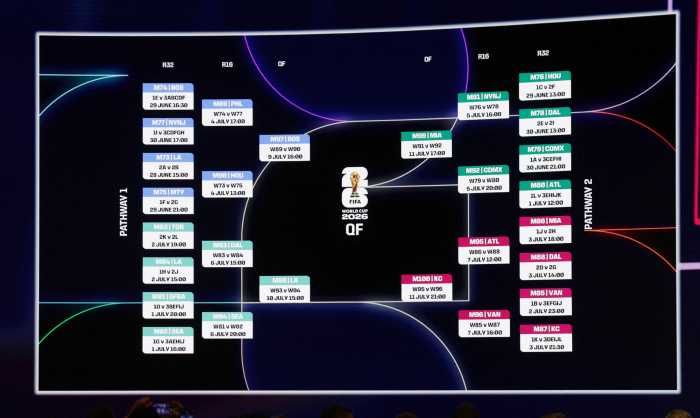Marco Jentsch in the title role of Opera Cologne’s production of Parsifal. | KARL FORSTER
Richard Wagner's bicentennial, celebrated by the Met with Francois Girard's splendid new “Parsifal” and Robert Lepage's misconceived “Ring” — an achievement as empty as Otto Schenk's kitschy realism, and less popular — also spurred ambitions elsewhere.
Strasbourg's Opéra du Rhin, on April 2, mounted a new “Tannhäuser,” Keith Warner's ambitious, often visually striking, but finally incoherent production. Granted, “Tannhäuser” alongside “Parsifal” — based on a work by one of the earlier opera's characters, Wolfram von Eschenbach — often sounds like a throwback to Albert Lortzing. Warner and generally effective conductor Constantin Trinks perhaps exacerbated this perception by using a composite version of Wagner's “Dresden” (1845) and “Paris” (1860) editions of “Tannhäuser.”
Bicentennial moments from New York to Strasbourg to Cologne
Essentially, we heard the “Paris” Bacchanale — cheesily choreographed by Karl Alfred Schreiner, with what could have been escapees from the bordello scene of the Met’s Vegas “Rigoletto” — followed by the “Dresden” Venus scene. This gave ample stage time to Béatrice Uria-Monzon's sightly, well-enacted goddess — in flaming Rhonda Fleming wig and slinky purple gown. This local favorite sang excitingly except for some evident effort in the part's upper reaches. Still, the music got repetitive. So did the blocking and imagery, which introduced elements that evoked Wagner's stormy relationships with his first wife Minna and his married mistress Mathilde Wesendonck and included over-freighted props (torn-up letters, an intrusive child). Act Two largely reverted to “Dresden,” so we got to hear Walther's song, very nicely done by Gijs Van der Linden.
Kaspar Glarner's otherwise splendid 19th century costumes offered Scott MacAllister's Tannhäuser only a standard-issue long black leather Manrico coat, followed by a vest befitting a veteran Kiss roadie. The Colorado-born tenor exuded little appeal or success in conveying the “artist” figure Warner sought to create. His virtues were pitch, clarity of diction — accentuating, however, very American-sounding vowels — and sheer stamina, at least until the outrageously testing “Erbarm' dich mein” passage defeated him, as it has so many Tannhäusers, causing lost or lowered notes and escape-valve crooning. Also like most before him, MacAllister recovered substantially for the Rome Narration.
Barbara Haveman's lovely-looking, wonderfully acted Elisabeth showed a combination of almost maidenly vocal purity and unpredictable pitch lapses. Audience preference among Elisabeth's suitors audibly ran toward Wolfram — Jochen Kupfer, tall and youthfully handsome at 44. Operagoers today applaud what they see. What I heard was a cultivated — perhaps over-cultivated — textual mastery in the style of Dietrich Fischer-Dieskau and basically attractive sound compromised by Kupfer's boxed-in vocal placement. Even with some passing rusty patches, Kristinn Sigmundsson's Landgrave exuded authority and warmly nasal resonance. The Pilgrims' choruses proved the most enjoyable singing.
Boris Kudlicka's striking but unattractive set served for all three acts. Beneath a gallery, on which characters often appeared and lingered, stood a raised glass inset box in which we saw, among other things, the distressingly off-key treble Shepherd, Heinrich, and followers in archetypical Biedermeier hunting clothes as well as Elizabeth’s body after she hanged herself. Um…. Wasn’t suicide a sin in the prevailing cosmology?
Above, sometimes descending to the floor, was a neon-tubed cage that at full extension resembled a blender. Tannhäuser climbed inside to ride to Rome and did so again when it became the Pope's staff, having changed miraculously to (blender appropriate) wheat-grass green. In one of the production's truly memorable images, an Elisabeth double was lowered to reach down for the redeemed singer as he struggled upwards. But this visual coup evoked the Met's “Machine” — untold funds and energies spent scoring several seconds of stunning visuals.
I moved on to Cologne, a pleasant and culture-laden Rhine city with a palpable queer presence everywhere. Due to opera house repairs, Opera Cologne performs in the Oper am Dom a remarkably satisfactory temporary structure right near the city’s world-famous cathedral. The train station and several impressive major museums are just minutes away, as are hotels and clubs. I can't think of a major city easier to visit.
“Parsifal,” directed by Carlos Padrissa of La Fura dels Baus, was visually stunning — though self-congratulatory “transgressive” video footage of race car crashes and snuff films served only to distract, and certain tropes like fire-eating seemed designed to show off the Catalan troupe's skill set rather than enhance the musical or dramatic text. The extended projections of Nietzsche quotes were tiresome and pretentious.
But Roland Olbeter's set — resembling a huge bee hive-like jungle gym on which the Grail Knights seemingly collected flour for Gurnemanz to bake host loaves — allowed for the kind of breathtaking high-tech effects (incredible work with lighting and holograms) that Lepage's team so often fudges.
With his still craggily mellow bass and warm presence, Matti Salminen — a Finnish international star celebrating 40 years at Opera Cologne — made Gurnemanz the sentient, committed center of everything. Silvia Hablowetz, fabulously costumed, left mixed impressions as Kundry. As long as the music didn't challenge her essentially midsize mezzo, she sounded lovely and expressive. In Act II's last 15 minutes, when the part suddenly becomes dramatic soprano territory, she could only scream desperately. I'd like to hear Halbowetz again as, say, Geschwitz. Kundry taxes her unduly. Still, she gave a terrifically committed performance, seductive and athletic by turns — it’s hard (but fun) to imagine past Kundrys such as Jessye Norman or Regine Crespin scrambling backwards up the steep jungle gym set or, at the final redemption, swimming goldfish-like, nude-suited in the Holy Grail.
Marco Jentsch, transitioning from Mozart to light Wagner roles, was adequate but like many a Parsifal a bit of a cipher, only showing his true vocal potential in the final scene. Boaz Daniel's dark-complected, sometimes raspy tone proved hard to accept as the noble Amfortas after Peter Mattei's terrific Met incarnation, but suited his turn as Klingsor (Amfortas' antagonist) quite well. Fine bass Young Doo Park, stationed in the pit, sang Amfortas' father Titurel almost too commandingly for a disembodied character. In another atavistic touch in Act III, after Amfortas knife-scored Titurel’s corpse, he fed it to raven-dancers.
Markus Stenz led an admirable orchestral performance featuring committed, exciting choral work. The ritual processions extended out into the auditorium in Acts One and Three — the monks even distributing slices of Gurnemanz's loaves at the final redemption. Without undue religiosity, Cologne's unforgettable “Parsifal” truly felt like a participatory, collective aesthetic renewal.
David Shengold (shengold@yahoo.com) writes about opera for many venues.

